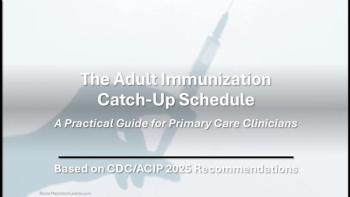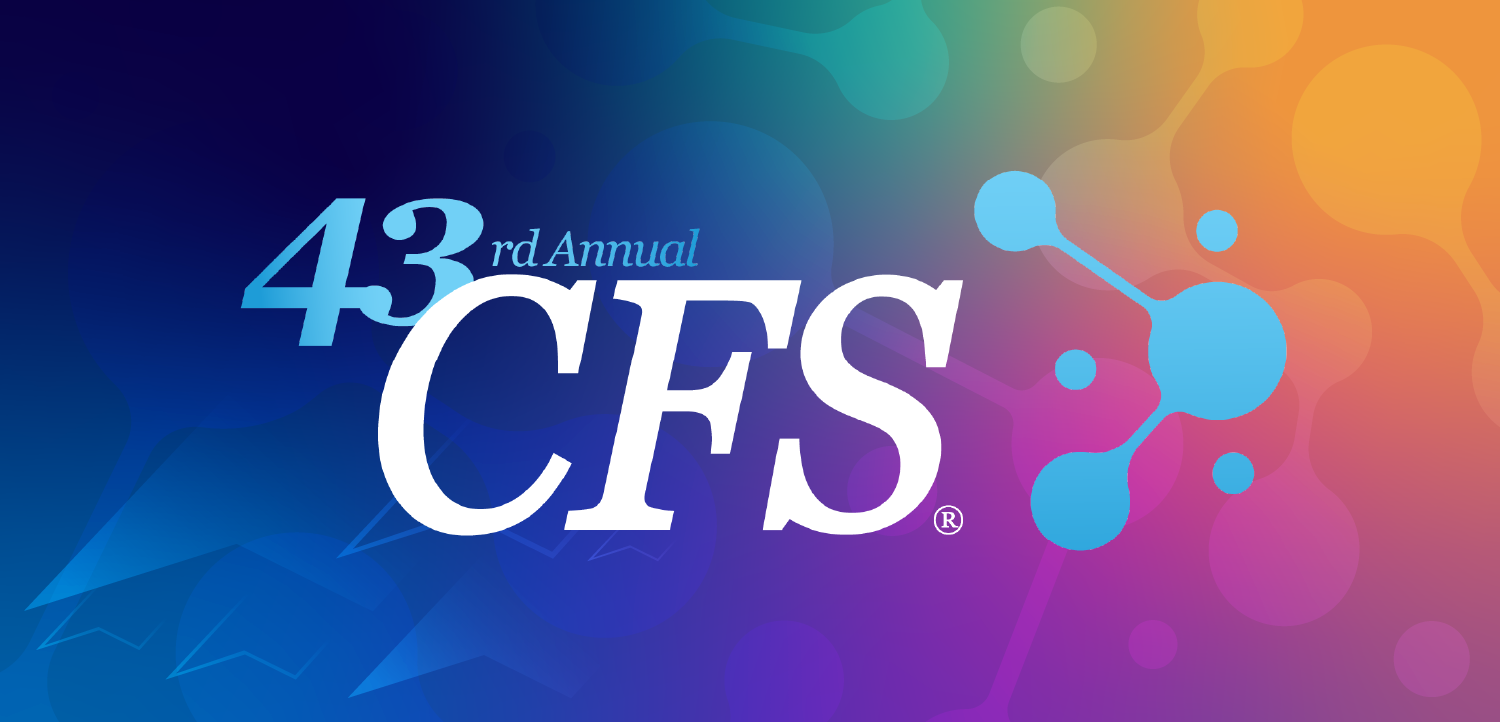
The Journal of Respiratory Diseases
- The Journal of Respiratory Diseases Vol 5 No 10
- Volume 5
- Issue 10
Clinical Update: Influenza 2005-2006: Are you prepared?
Influenza vaccinationcontinues to be the primarymethod of preventinginfluenza and its lifethreateningcomplications.In preparation forthis year’s influenza season,the Advisory Committeeon ImmunizationPractices (ACIP) has publishedits recommendationsfor the preventionand control of influenza.1
Influenza vaccination continues to be the primary method of preventing influenza and its life-threatening complications. In preparation for this year's influenza season, the Advisory Committee on Immunization Practices (ACIP) has published its recommendations for the prevention and control of influenza.1
The ACIP statement includes information about the composition of the vaccine, which reflects the influenza A and B viruses that are likely to circulate in the United States during the 2005-2006 influenza season. Influenza A viruses are classified on the basis of 2 surface antigens--hemagglutinin and neuraminidase (Figure).
Table 1 summarizes the principal changes from last year's ACIP recommendations. Table 2 summarizes the target groups for immunization.
In light of previous influenza vaccine distribution delays and vaccine supply shortages, the ACIP has noted that the CDC and other agencies will regularly assess the influenza vaccine supply and make recommendations for immunization prioritization. Such prioritization is recommended to ensure that enough vaccine is available for persons who are at the greatest risk for complications from influenza.
On September 2, 2005, the CDC recommended that the following priority groups receive the trivalent inactivated vaccine until October 24, 20052:
: Persons aged 65 years and older with comorbid conditions.
: Persons who reside in long-term- care facilities.
: Persons aged 2 to 64 years who have comorbid conditions.
: Persons aged 65 years and older without comorbid conditions.
: Children aged 6 to 23 months.
: Pregnant women.
: Health care personnel who provide direct patient care.
: Household contacts and out-of-home caregivers of children younger than 6 months.
The tiered use of prioritization is not recommended for administration of the live, attenuated influenza vaccine.2
References:
REFERENCES
1. Centers for Disease Control and Prevention. Prevention and control of influenza. Recommendations of the Advisory Committee on Immunization Practices (ACIP).
MMWR
. 2005;54(RR-8):1-40.
2. Centers for Disease Control and Prevention. Update: influenza vaccine supply and recommendations for prioritization during the 2005-06 influenza season.
MMWR.
2005; 54(34):850.
Articles in this issue
about 20 years ago
Diagnostic Puzzlers: A case of new-onset wheezing during pregnancyabout 20 years ago
The keys to diagnosing interstitial lung disease: Part 2about 20 years ago
Clearing up chronic rhinosinusitis: Practical steps to takeabout 20 years ago
Why all patients with asthma do not require controller therapyabout 20 years ago
Why patients with asthma should be given a trial of controller therapyabout 20 years ago
Managing asthma: Options for assessing severity and controlabout 20 years ago
Asthma therapy: Changing perspectivesabout 20 years ago
Using controller therapy in the management of asthmaNewsletter
Enhance your clinical practice with the Patient Care newsletter, offering the latest evidence-based guidelines, diagnostic insights, and treatment strategies for primary care physicians.










































































































































































































































































































